

Isaac Clarke isn’t having a bad day; he’s having a bad couple of years. After first encountering the Marker technology in the first Dead Space, and then being driven insane by it in Dead Space 2, now it’s up to Isaac to stop the necromorph threat for good. Or at least that’s the basic set-up for Dead Space 3.
Developer Visceral Games made a huge splash with their first entry in the now very popular survival horror franchise. So, with talk of a trilogy-ender in their future, they could have easily phoned it in, and let Dead Space 3 cruise control its way to the finish line. For better or worse, they have not done that here.
There are several new additions to the franchise for Dead Space 3, namely the introduction of co-op play and a new weapon crafting system, which turns this third entry into somewhat of a loot fest. Subtle changes have also been thrown into the make-up of levels/chapters to make this entry appear much more open than its predecessors. However, that ambition and those new ideas — some of which have been lambasted by fans — turn Dead Space 3 into a game has moments that are sublimely refreshing, and others that feel like a total chore. Allow me to explain.
Dead Space 3 picks up some time after the events of the second game, with Isaac Clarke now having shunned his role as “the Marker killer.” But, when a one-note soldier named John Carver shows up at his door with news of Ellie Langford, now Isaac’s ex-girlfriend, the two set off on a cooperative rescue mission. Eventually, that rescue gives way to a mission that could wipe out the Marker threat for good.
The two find Ellie in a classic Dead Space locale: a space graveyard filled with all sorts of run down interstellar structures. There’s no clear indication of a story in early goings-on, though, just Isaac (and Carver) working their way through a series of derelict space cruisers and crafts — killing necromorphs, repairing broken machinery, and discovering more about the icy planet below: Tau Volantis.
For as much as the trailers like to sell Dead Space 3‘s new setting, the front half is actually exclusively set in this graveyard of space technology. The rundown space corridors, the space walks, and the creepy creaks and whirs all evoke the first entry in the franchise, which makes the first 6 or so hours (of the total 15) the game’s best. As Isaac sets out on his many errands — typically either finding a broken part or turning on some power source — players will find that the necromorphs are out in full force, doing their best to rip Clarke to pieces. Luckily, he’s packing some serious heat.
For as much of a cheap move implementing a microtransaction-based weapon crafting system is, the feature itself is actually useful and fun to play around with. Using parts and resources collected from smashed necromorph corpses, those iconic green boxes, and anywhere else Isaac can find them, the player can create weapons that suit any need. Want a gun that shoots a forceful blast of acid-based energy? You can do that. Want to create a line gun, but give it the rotating capabilities of the plasma cutter? You can do that too. Essentially, if it’s a weapon type, or basic weapon skill from any of the previous Dead Space games, it can be mixed and matched in a ton of creative ways. It’s even possible to now craft basic, bullet-based weaponry (i.e. handgun, carbine).
The addition of this weapon crafting system makes the combat feel fresh, but still familiar. Players may still be strategically dismembering necromorphs of all shapes and sizes — which is supremely satisfying by the way — but they will now be able to do so with weapons that best suit them. Granted, they need to find the part scattered throughout the campaign — or craft it from individual resources found in each level — but rather than feeling tacked on, the resource and part gathering gives the game a RPG feel.
The introduction of weapon crafting as also fostered a few design changes for this game as well, namely a limited arsenal (Isaac can now only carry two weapons at a time) and universal ammo. It’s a smart move considering it would be hard for the game to know which type of ammo to offer at each turn, but it also decreases the tension of valuing every “bullet.”
After Isaac and Carver have their way with the flotilla, they finally head to Tau Volantis to “finish the fight.” Taking Dead Space out of…space was a risky move, but luckily the icy tundra of Tau Volantis is filled with plenty of industrial structures for Isaac to run around in. In fact, both in space and on Tau Volantis, the game presents several optional missions for the player to explore outside of the main campaign. There’s typically some story element to the self-contained section, as well, but the missions are usually just for collecting more resources and weapon parts. And the level design gets a little “samey” after the first few.
Even in these optional missions, the game is still extremely moody and atmospheric, but the introduction of co-op has altered the rhythm enemy encounters entirely. It doesn’t matter if gamers are flying solo or with an online companion, the game is structured like an experience for two. The story is all Isaac Clarke — save for a few, throwaway side missions that try (and fail) to flesh out Carver — so in that regard the game is still recognizable, but the need to cater to two players informs the make-up of every necromorph fight.
Rather than send one too many necromorphs at the player, and letting them struggle to slice off a few limbs before fleeing across the room, Dead Space 3 sends necromorphs in droves. In co-op, that allows the duo to divvy out the killing accordingly, but in single player it’s overwhelming. In the past, encounters have been about tactics amidst enemies that could appear at any moment, but in Dead Space 3 the focus is on keeping the necromorphs coming in an endless stream. There are a few new enemy types this time around, but most are bigger or larger versions of the core necromorph. That means, shoot it in the legs, head, or arms, and it dies. It’s a let down, but ultimately the excitement of the combat, and experimenting with new weapons, keeps the individual encounters from feeling too overwhelming or cheap.
Dead Space 3 still has some very thrilling set pieces as well, a mainstay of the series. Most of these, from the boss encounters to short bursts of unique traversal or combat, can be reduced to interactive cut scenes, but they still deliver that much needed “wow” factor. Of particular note are some sequences near the end of the game, where everything players thought they knew about the game’s kinesis power is flipped on its head.
For as much as players might grow tired of the endless waves of necromorphs, the game’s new human enemies are much worse. Because the Dead Space mythos also includes the Unitology element, Isaac must finally come face to face with the cultists that have long occupied the periphery of the series. Essentially, that means Dead Space 3 becomes a cover-based shooter (Isaac can crouch and roll now) in parts, where headshots, not limbs, are a guaranteed kill. Yes, it’s a counterpoint to the strategic dismemberment, but it’s also extremely generic combat.
As a whole, Dead Space 3 is a fitting end to the trilogy (that is, if EA doesn’t like the game’s sales numbers). The gameplay is still a major selling point, and while it does stumble in places, the introduction of a deep weapon crafting system keeps the player experimenting and fighting onward. The level design is top notch from a graphical standpoint, especially while Isaac is floating through space, high above Tau Volantis. A lot of the environments do look a little too familiar this time around, but overall the game still looks great. The same can’t be said for character animations in cut scenes, though, which are stiff and sometimes ugly.
For the first couple hours, Dead Space 3 is nearly perfect: a tremendous blend of varied experiences in the haunting emptiness of derelict ships. However, as the story trudges towards its conclusion — which is completely absurd, by the way — it starts to lose steam. The enemy encounters become more like a horde mode, the variety of enemy types decreases in each encounter, and Isaac’s constant need to run errands will grate on player’s nerves. Co-op is a fine addition, but most purists will prefer to play Dead Space alone, which makes the obviously co-op focused design a major disappointment. Despite all that, though, fans will still find a ton to love about Dead Space 3, both old and new. It may not be the epic conclusion we were hoping for, but it’s competent and exciting enough to keep from feeling too much like the weak link.
Have you had a chance to check out Dead Space 3? Let us know what you think in the comments below.
Dead Space 3 is out now for the PS3, PC, and Xbox 360. We reviewed the Xbox 360 version of the game.
–
Follow me on Twitter @ANTaormina
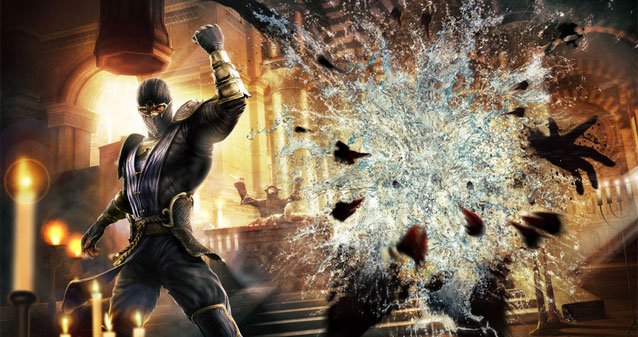

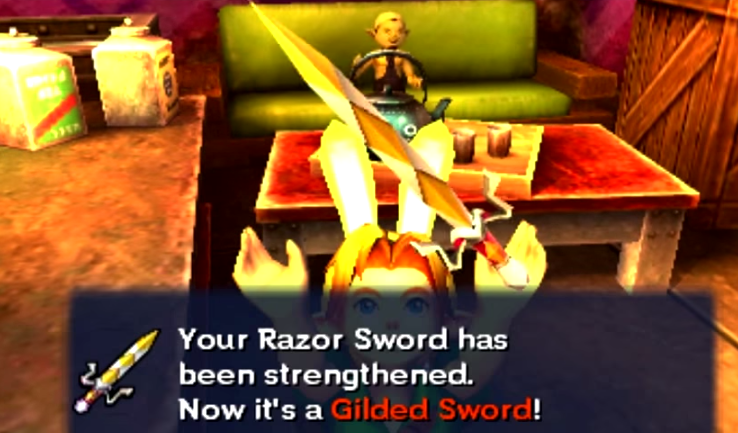
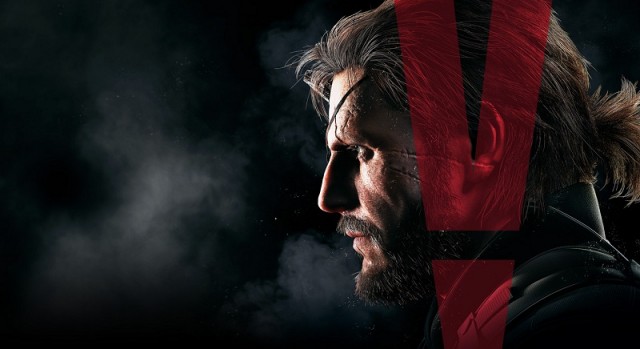
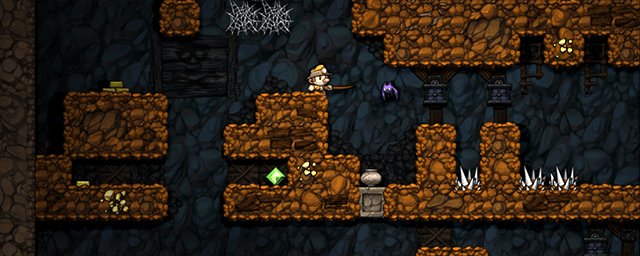 8 Steam Curators You May Have Missed
8 Steam Curators You May Have Missed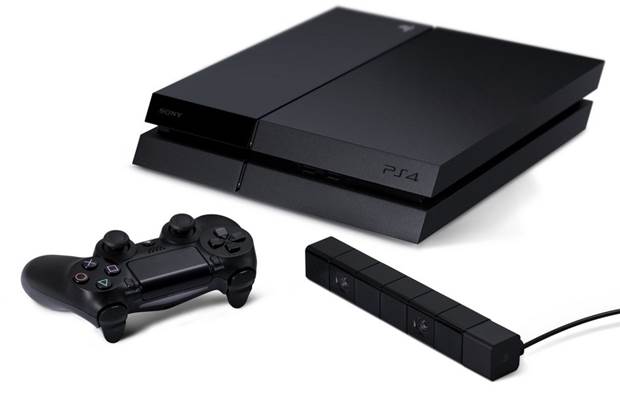 PS4 Hardware Re
PS4 Hardware Re 8 Things the Mad Max Game Needs To Copy From The Movies
8 Things the Mad Max Game Needs To Copy From The Movies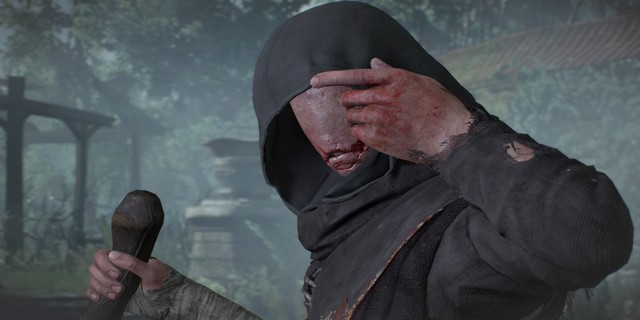 How To Easily Beat The Caretaker In The Witcher 3: Wild Hunt Hearts of Stone
How To Easily Beat The Caretaker In The Witcher 3: Wild Hunt Hearts of Stone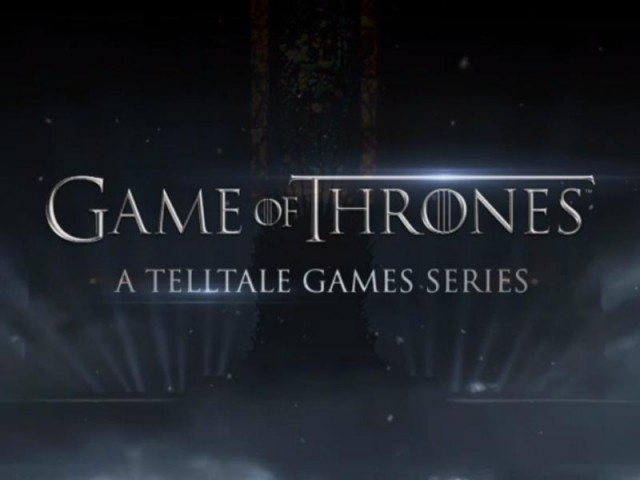 How to fix The Game of Thrones PC Key Re-Mapping Issue, Graphic Issues, FPS Issue and more
How to fix The Game of Thrones PC Key Re-Mapping Issue, Graphic Issues, FPS Issue and more